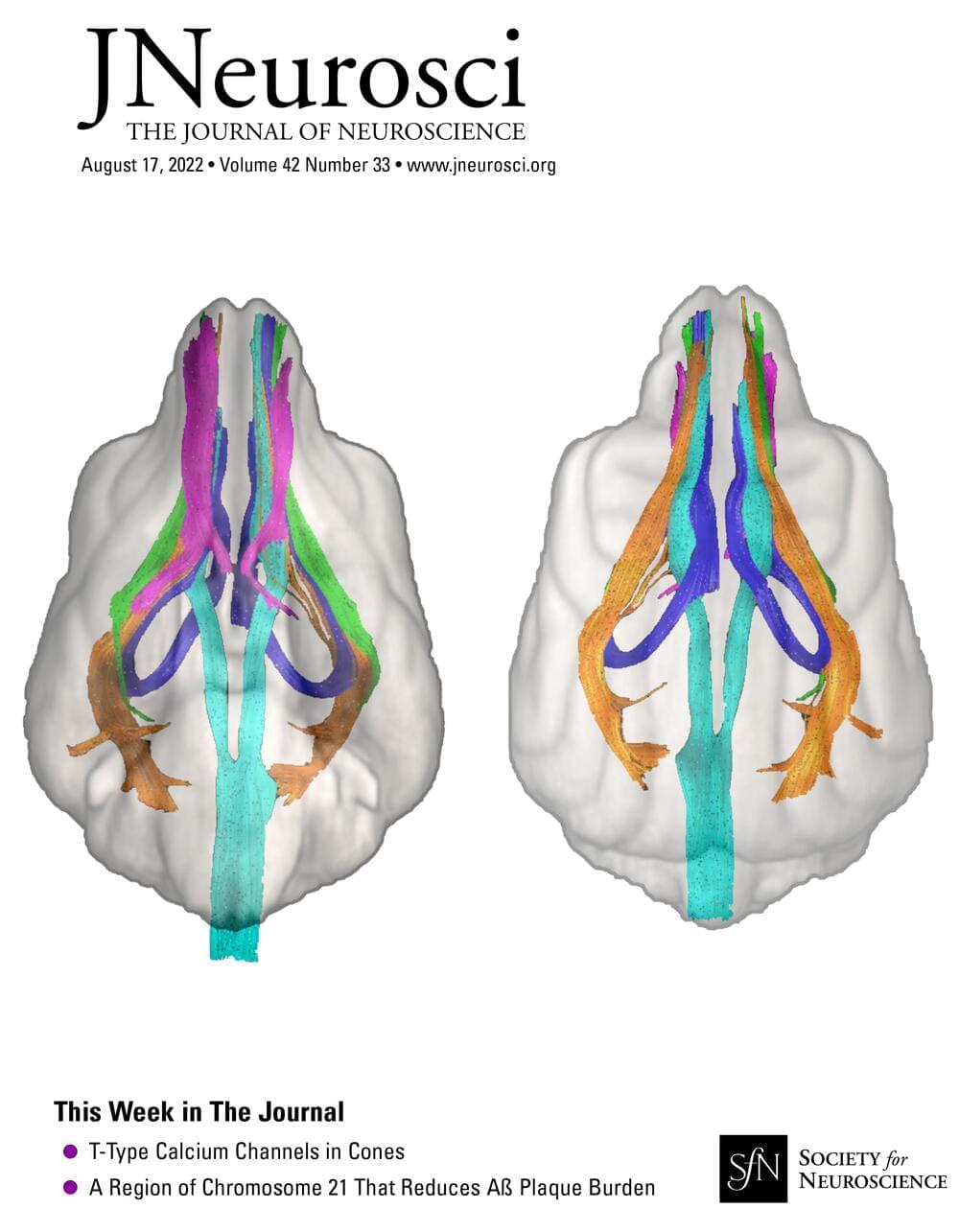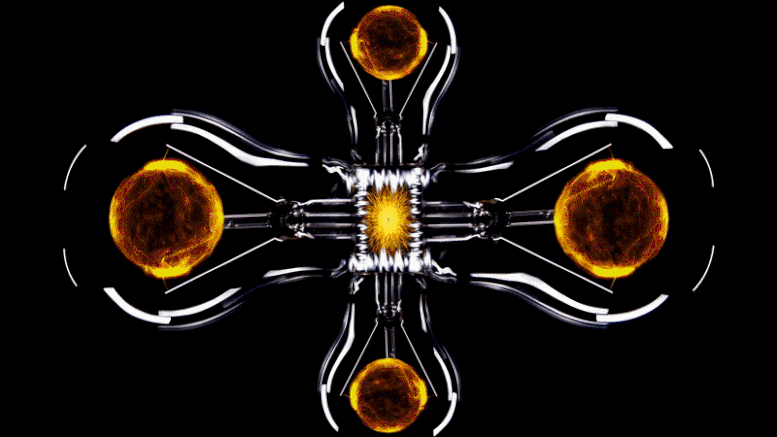It is a commonly accepted view that light stimulation of mammalian photoreceptors causes a graded change in membrane potential instead of developing a spike. The presynaptic Ca2+ channels serve as a crucial link for the coding of membrane potential variations into neurotransmitter release. Cav1.4 L-type Ca2+ channels are expressed in photoreceptor terminals, but the complete pool of Ca2+ channels in cone photoreceptors appears to be more diverse. Here, we discovered, employing whole-cell patch-clamp recording from cone photoreceptor terminals in both sexes of mice, that their Ca2+ currents are composed of low-(T-type Ca2+ channels) and high-(L-type Ca2+ channels) voltage-activated components. Furthermore, Ca2+ channels exerted self-generated spike behavior in dark membrane potentials, and spikes were generated in response to light/dark transition. The application of fast and slow Ca2+ chelators revealed that T-type Ca2+ channels are located close to the release machinery. Furthermore, capacitance measurements indicated that they are involved in evoked vesicle release. Additionally, RT-PCR experiments showed the presence of Cav3.2 T-type Ca2+ channels in cone photoreceptors but not in rod photoreceptors. Altogether, we found several crucial functions of T-type Ca2+ channels, which increase the functional repertoire of cone photoreceptors. Namely, they extend cone photoreceptor light-responsive membrane potential range, amplify dark responses, generate spikes, increase intracellular Ca2+ levels, and boost synaptic transmission.
SIGNIFICANCE STATEMENT Photoreceptors provide the first synapse for coding light information. The key elements in synaptic transmission are the voltage-sensitive Ca2+ channels. Here, we provide evidence that mouse cone photoreceptors express low-voltage-activated Cav3.2 T-type Ca2+ channels in addition to high-voltage-activated L-type Ca2+ channels. The presence of T-type Ca2+ channels in cone photoreceptors appears to extend their light-responsive membrane potential range, amplify dark response, generate spikes, increase intracellular Ca2+ levels, and boost synaptic transmission. By these functions, Cav3.2 T-type Ca2+ channels increase the functional repertoire of cone photoreceptors.





